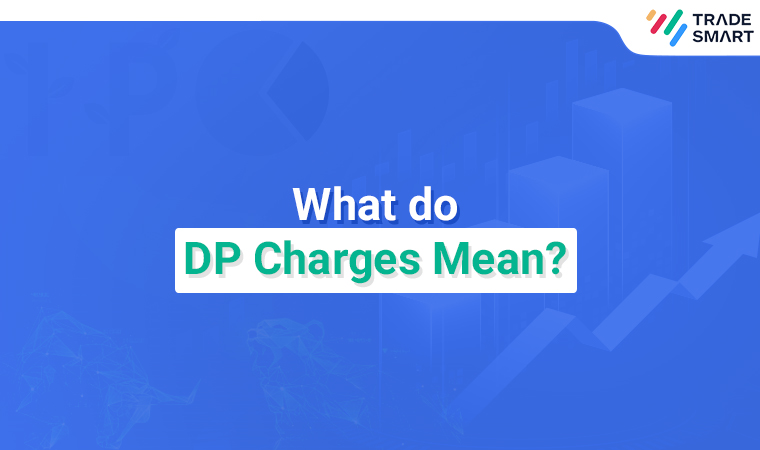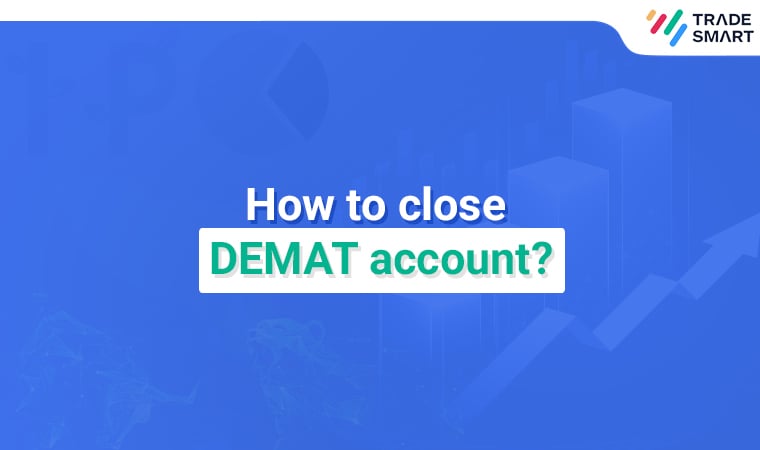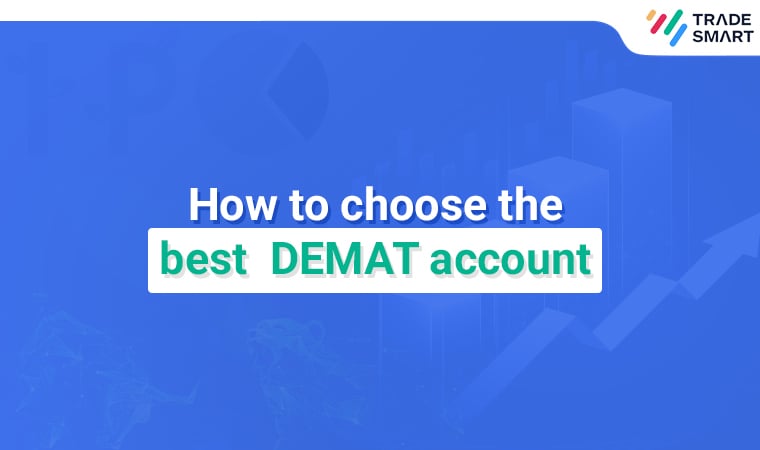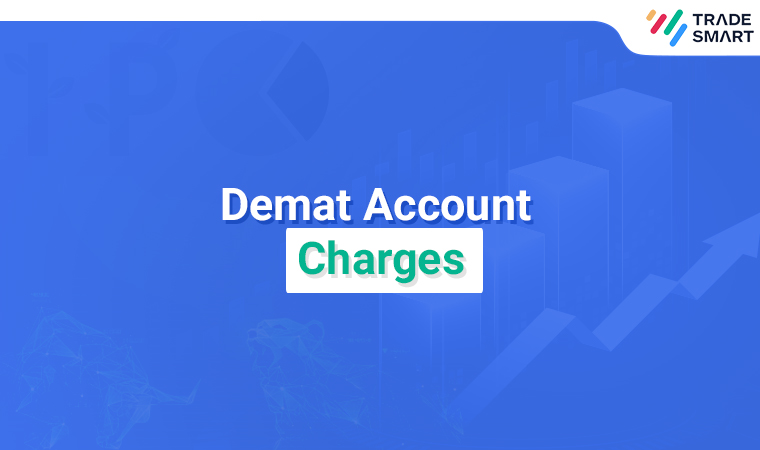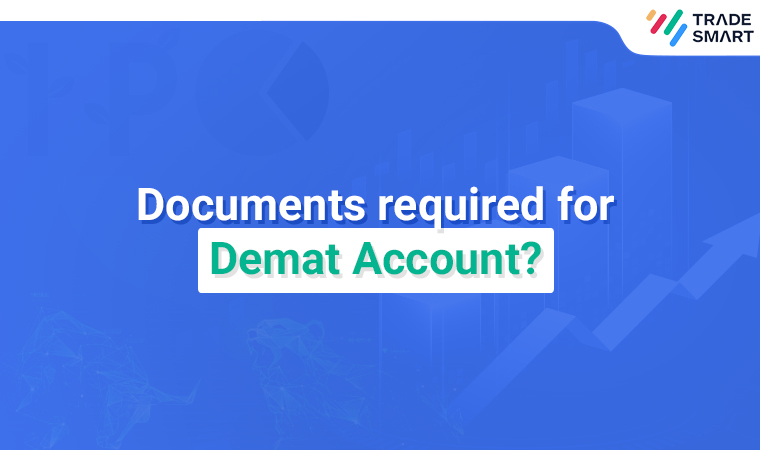Every investor and trader must know the list of charges levied on their investments and transactions. One of them is depository participant charges or DP charges. Most of the traders, especially new ones, are oblivious to these charges. Some were mindful of them but not sure of why and how much they are levied per transaction or sale made on the investment. Well, don’t worry, this article aims to cover everything you need to know about depository participant charges or DP charges. Now without any further ado, let’s jump into the concept and further details.
What are Depository and Depository Participants?
A depository is a reflection of a banking organization or an institution. It holds securities or shares or bonds or any underlying asset bought and sold online or offline by the traders in the stock market via a depository participant. The depository offers similar services to that of a bank. They store all the trades made by the investor/trader in an electronic format, making it easier to monitor or track all the trade events and monetary balances online. In India, National Securities Depository Ltd (NSDL) and the Central Depository Services India Ltd (CDSL) are the two main national depositories acting as regulatory authorities for all the depository participants. The aforementioned two bodies oversee all the activities and trades made by traders via depository participants.
Shares bought and sold by traders through the depository participants are held by CDSL and NSDL. Depository participants or stockbroking companies/organizations/institutions/firms are agents or intermediaries acting as a connecting bridge between traders and depositories. All the depository participants are registered under CDSL or NSDL or both. Materialization and dematerialization of shares/securities, opening demat accounts for investors, transferring shares from one demat to another demat account, settling transactions of all the trades, acting as a clearinghouse, pledging, and pledging of securities, are a few trading and financial services offered by the depository participants.
What Are DP Charges?
DP charges or depository participant charges are the charges levied in return for the services offered by them to the traders/investors. Just like commercial banks levy minimal charges for the services they offer to the customers on a monthly basis, the DP also does the same for delivering their services. The depository participant charges or DP charges have no relation to the annual maintenance charges (AMC) or brokerage charges. Simply put, it’s a nominal transaction fee levied by depository participants/stockbroking firms on the sale of shares/securities through/by using your demat account.
Who Levies DP Charges and Why?
Depository participants and depositories levy DP charges for the services they offer to the traders or investors. The DP charges remain flat irrespective of whatever holdings the trader has sold by using their demat account. The depository participant or DP or stockbroker acts as an intermediary between traders and depositories (CDSL and NSDL). For example, Tradesmart Online will be your depository participant when you choose to open or maintain your demat account with them. However, the DP charges differ from one depository/depository participant to another.
Now, these charges are levied by depository participants because, as stockbroking firms, they have to pay membership charges for operating under one of the two depositories – CDSL or NSDL. The DP or depository participants also incur fixed costs and other expenses for maintenance and smooth running of the firm. So, the depository participants recover their share of costs from the traders in the form of DP charges (depository charges and broker charges).
How Much DP Charges Are Levied By A Depository Participant?
It’s obligatory on the part of the traders to pay the DP charges levied by the depository participants. These charges are collected on the sale of your shares made through the demat account. The Central Depository Services India Limited levies DP charges of Rs 13 + Rs 5.50, per day/per company. The National Securities Depository Limited levies DP charges of Rs 13 + Rs 4.50, per day/per company.
For your better understanding, here’s an example for you. Raju wants to sell Reliance shares in the market/exchange. He also has his demat account linked to Tradesmart Online. Now, if Raju’s account is opened with CDSL, then he’s liable to pay a sum of Rs. 13+5.50 to sell one Reliance share on that particular day. If Raju’s account is opened with NSDL, then he’s liable to pay a sum of Rs. 13+4.50 to sell one Reliance share on that particular day.
Until and unless stockbroking firms become depository participants, they cannot offer or levy any charges from the traders. Once the customer is onboarded as a trader with Trade Smart Online, he/she has to shell out multiple charges other than DP charges. It includes demat account opening fee, commission, brokerage fee, and many other expenses. So, here are the charges for the demat account.
| S.No | Particulars | Charges |
| 1 | Account Opening Charges | Free* |
| 2 | Dematerialisation charges | Rs 500 per certificate |
| 3 | Demat transaction charges | Rs 15 + Service tax |
| 4 | Off Market transfer (DP) | Rs 25 + Service tax |
| 5 | Inter DP transfer | Rs 25 + Service tax |
| 6 | Trade on phone | Rs 20 + per executed order plus service tax |
| 7 | Physical contract note / other statements etc | Rs 20 per contract note + courier charges |
| 8 | Demat AMC | Rs 300 + Service tax |
| 9 | Cheque dishonour charges | Rs 200 per instance |
| 10 | NEST Instant fund transfer charge | Rs 8 + service tax |
| 11 | Third party fund transfer charges | |
| For refund in 2 working days | Rs 400 | |
| For refund in 15 working days | Rs 200 |
Bottom Line
If you have a demat account and using it successfully, then you are obliged to pay the DP charges for using the broker’s services. Regardless of the sales, the DP charges remain the same. They depend on the number of securities/shares sold by the trader in the stock market. At any cost, the trader cannot eschew paying the DP charges to the depository participant. Moreover, there are other charges related to trading like annual maintenance charges, brokerage charges, and other fixed charges. It’s important that every trader must and should know the list of charges before dealing with the trading and demat account services. However, some charges differ from one stockbroker to another.
